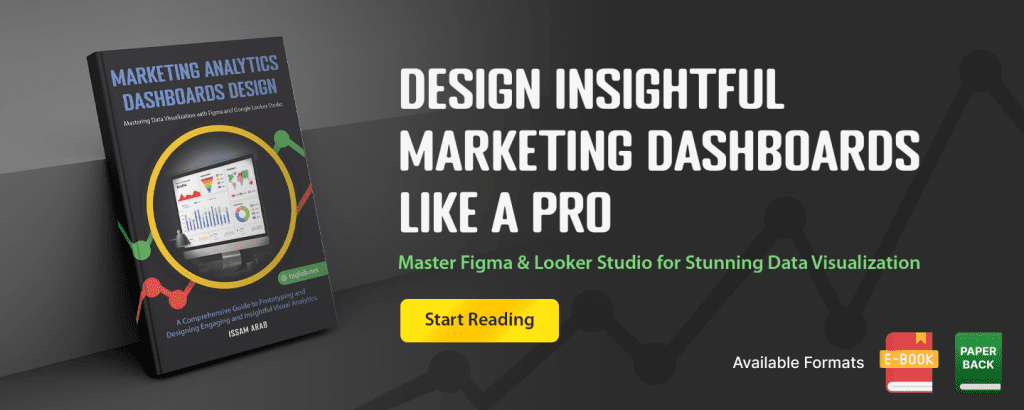Your cart is currently empty!
Clickthrough Rate (CTR) Calculator
Formula:
Explanation
Clickthrough Rate (CTR) is a metric that measures the percentage of people who clicked on an ad or a link compared to the number of people who viewed the ad or link (impressions). It is calculated by dividing the number of clicks by the number of impressions and multiplying by 100 to get a percentage.
Real-Life Example
Let’s say an ad receives 200 clicks and 10,000 impressions. To calculate the CTR, you would use the formula:
CTR = (Clicks / Impressions) × 100
Substitute the values into the formula:
CTR = (200 / 10,000) × 100 = 2%
This means the clickthrough rate is 2%, indicating that 2% of the people who viewed the ad clicked on it.
Benchmark Indicators
CTR benchmarks can vary significantly across industries and platforms. Here are some typical examples:
- Search Ads: CTR typically ranges from 1% to 4%.
- Display Ads: CTR usually ranges from 0.1% to 1%.
- Email Marketing: CTR can range from 2% to 5%.
- Social Media Ads: CTR often ranges from 0.5% to 2%.
CTR Calculator
Please select one field as the output (calculated) field:
Frequently Asked Questions
What is Clickthrough Rate (CTR)?
Clickthrough Rate (CTR) measures the percentage of people who clicked on an ad or a link compared to the number of people who viewed the ad or link (impressions). It helps businesses understand the effectiveness of their ads in engaging the audience.
Why is CTR important?
CTR is important because it indicates how well your ads are performing in terms of engagement. A higher CTR suggests that your ad is relevant and appealing to the audience, which can lead to higher conversion rates and better return on investment.
How can I improve my CTR?
Improving CTR can be achieved by creating more compelling ad copy, using eye-catching visuals, targeting the right audience, and optimizing ad placement and timing. Regularly testing different ad variations can also help identify what works best.
What factors influence CTR?
Factors that influence CTR include the relevance and quality of the ad copy and visuals, the targeting strategy, the competitiveness of the industry, and the placement of the ad. The overall user experience also plays a role in CTR.
What is a good CTR?
A good CTR varies by industry and platform. For search ads, a CTR between 1% and 4% is common, while for display ads, a CTR between 0.1% and 1% is typical. Higher CTRs generally indicate more effective ads.
Can CTR fluctuate over time?
Yes, CTR can fluctuate over time due to changes in market conditions, audience behavior, and the effectiveness of ad campaigns. Regular monitoring and optimization are necessary to maintain and improve CTR.
Who uses CTR calculations?
CTR calculations are used by digital marketers, advertising agencies, and business owners to assess the performance of their ads and optimize their advertising strategies for better engagement and conversions.
When should CTR be calculated?
CTR should be calculated regularly, such as daily, weekly, or monthly, depending on the campaign’s duration and goals. Regular tracking helps identify trends and make data-driven decisions to enhance ad performance.
How do I use CTR effectively?
To use CTR effectively, compare it with industry benchmarks, track changes over time, analyze high and low-performing ads, and implement changes to improve ad relevance and engagement. A/B testing different ad elements can also help optimize CTR.




